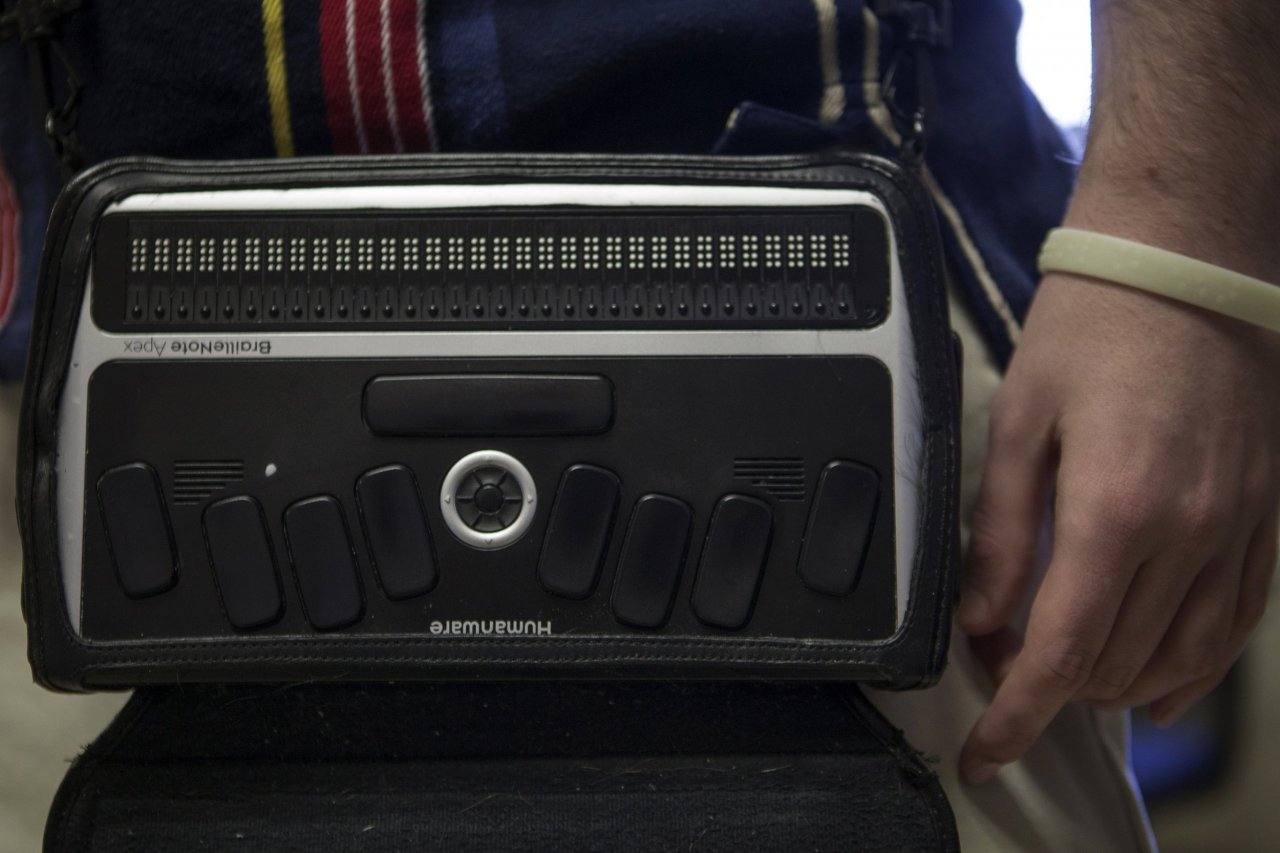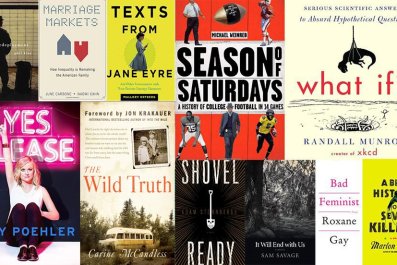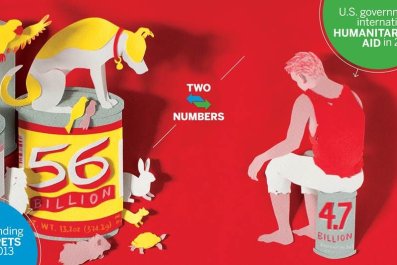Though the printed word was once state of the art, it's now old technology, just one island in a media-rich world that grows more complex every year. But for the vision-impaired, access to this wealth is limited to what can be translated to sound and touch. Most rely on computer-reading software like Apple's VoiceOver and Google's TalkBack to access the media-rich digital world that those with sight take for granted. These services work, but they have severe limitations.
"Imagine if when you were learning English you were told to just close your eyes and listen," says Scott Blanks, deputy director of the LightHouse for the Blind and Visually Impaired, a San Francisco nonprofit that promotes independence for those with eyesight impairment. "There's quite a deficit there." Blanks, who is visually impaired, says screen readers don't give you the full breadth of information. "You might hear a pause, but you won't know if that's a period or comma," he offers as an example. "Braille gives you that information. Braille is the closest to a visual reading experience that someone who is blind is going to get."
There are devices, called refreshable braille machines, that will take web pages and translate them into braille—most use moveable pins that rise up into traditional patterns of dots to present their message. But they are prohibitively expensive, costing between $3,000 and $5,000, and translate a single line of text at a time. And, they can't do anything with the images and other visuals that make media rich.
Katie Cagen, an electrical engineer at Microsoft, might have a solution. It's a device she calls Ferrotouch, and it uses electromagnets and fluid metals to create a tactile display that is refreshable and flexible enough to communicate almost any shape—from braille dots to charts and more.
The Ferrotouch could eventually help millions (the National Federation of the Blind counts over 6.6 million American adults with visual disabilities), but for Cagen, the motivation to create the device was much closer to home. When she was deciding which school to go to for her undergraduate degree, she made an overnight visit to Harvard. She was hosted by Sally Kiebdaj, who is blind. They became close friends the following school year.
"My freshman dorm was crowded, so I used to go hang out in her upperclassman dorm," Cagen says. "We'd do our homework together, and I saw how she used technology to get her work done. I also saw where there were deficiencies—she couldn't access certain class materials like pictures and diagrams and things that had been scanned into PDFs. There wasn't a good way to get access to class materials."
Cagen's solution—which she came to earlier this year while still an undergraduate at the Harvard School of Engineering and Applied Sciences—was to take a layer of electromagnets and place them underneath a layer of ferrofluid—a colloidal suspension of iron nanoparticles. When the magnets are charged, they can cause the ferrofluid to shift around, forming bumps that the user can touch. Her proof-of-concept model cost just $500 to build, and her goal is to create a scalable product that would be "in the range or lower" than traditional refreshable devices.
Though he hasn't tried the Ferrotouch, Blanks says he does wonder whether the bumps it creates would be clear enough to use as braille. Cagen admits he's got a point and says if she can get the funding to pursue the project further, she'll tackle that problem. "It would be fantastic if I could get brailled-level resolution and it could double as a braille reader," she says, "but my original goal was to tackle material that could not be represented through braille."
Even if it the Ferrotouch only reaches that goal, it could still be a huge boon to the visually impaired, who Cagen says are ignored by large technology companies, which view them as a small market. Blanks agrees. "It's not just about letters and numbers and punctuations," he says. "It's about creating a map, or a chart, or producing something else really complex. It could make doing trigonometry a lot easier."


























